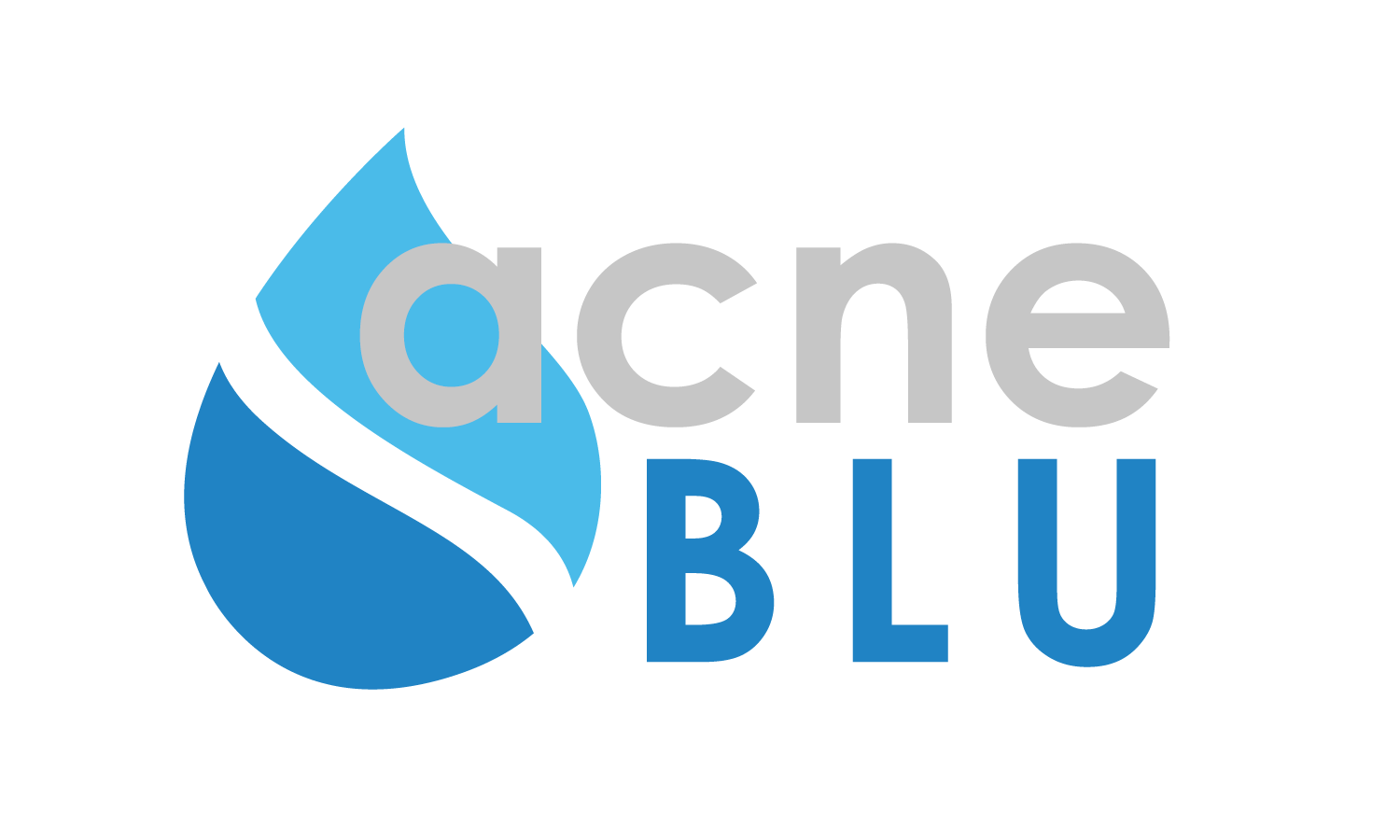2024/10/22 printed from http://dermboard.org All Rights Reserved

What is herpes zoster (shingles)?
Shingles is a painful blistering and crusty rash caused by varicella-zoster virus (VZV) that can involve any part of the body, but most commonly occurs on the chest and belly where it wraps around the body in a band-like shape. Varicella-zoster virus is the same virus that causes chickenpox. Therefore when we get first infected with this virus (usually in childhood) we develop chickenpox. However, our body never gets rid of the virus, which continues to live, actually “sleep”, in our nerve endings waiting to cause new outbreak when our immune system gets weakened. This second outbreak is called shingles or herpes zoster. It can occur at any age, but it is more common in people older than 50 years.
How does herpes zoster (shingles) look and feel like?
Several days before the rash becomes visible, you may have weird skin sensation (tingling, pain, sensitivity to touch, slight burning or itching) in the area of coming outbreak. Some people develop flu-like symptoms as well. Afterwards clusters of sometimes severely painful blisters occur wrapping around the involved part of the body (usually torso, but can be anywhere). Blisters are initially filled with clear liquid that becomes cloudy in 1-2 days. After 2-4 days blisters open up, leaving open sores that become crusted later on. After the rash is crusted over, you are not contagious anymore. Â Within 2-3 weeks the rash should be healed, but sometimes it may leave scars.
How did I get shingles?
Since a virus causes it, shingles is a contagious disease, which is transmitted by direct contact  (i.e. by touching the rash). You have probably become infected in childhood when you had chickenpox. The virus was asleep all along since then in your body. It has waited for the weakening of your immune system to get awake and to cause shingles. While you have blisters or open sores on your skin, you may infect other people who have never had chickenpox or chickenpox vaccine, or people with very weak immune systems. So, in general stay away from children, pregnant women and people with very weak immune system while you have blisters, or open sores on the skin.
Should I see my health care provider?
Absolutely! Promptly! If you get medicines called antivirals within first 3 days, or while you are still getting new blisters they may shorten the duration of the outbreak and may prevent complications such as “post-herpetic neuralgia” (i.e. pain after shingles heal).
Should I treat it myself?
There is no over-the-counter medicine for shingles, but you may gently cover the area with loose gauze, and keep it clean until you see your health care provider. Also you may use over-the-counter medicines for pain, but you will likely need prescription pain medicine. And, of course, take it easy, relax, do not go to work, and remove all stress from your life at least until the rash heals!
How can I prevent shingles?
You can prevent shingles by being vaccinated with zoster (shingle) vaccine (brand name: Zostavax). Centers for Disease Control and Prevention (CDC) recommends that most people age 60 or older get vaccinated to help prevent shingles, or at least to make it milder if they do occur.

I was diagnosed of genital Herpes 6months ago and was in pain with the knowledge that there is no cure for the virus! there was a day I saw several post about a herbalist how he’s used natural herbal medicine to cure this particular virus, Immediately I contacted him on his website and he prepared and sent me the herbal medicine through DHL delivery and after 14days of usage, the Pain, and sores were gone i went to the hospital for test I’m the happiest woman on earth because I just tested negative to the virus! this testimony is real and thanks to Dr Ehiagwina you can also reach him on his Email: [email protected] or on whatsapp: +2348162084504.